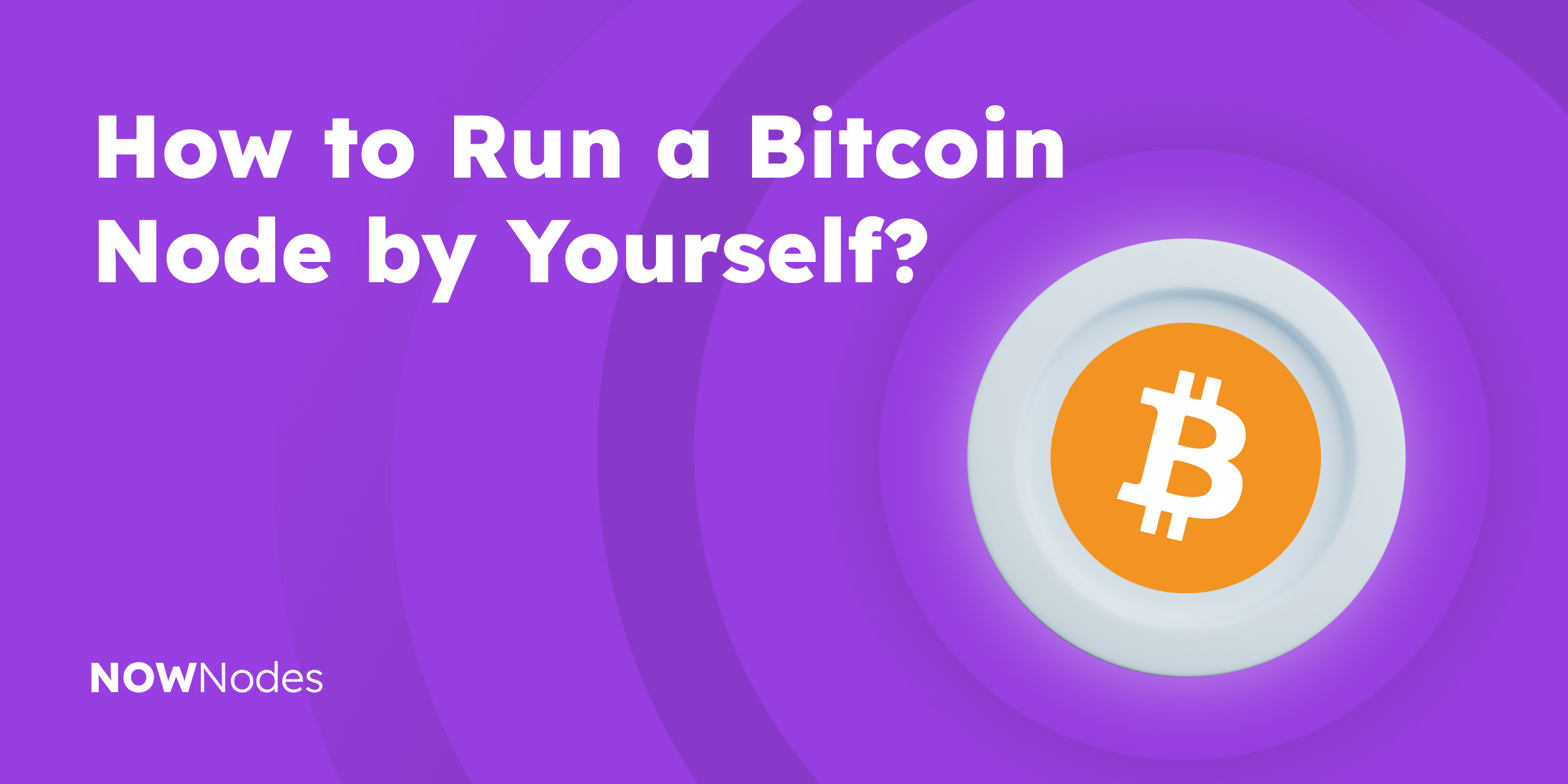In the early days of Bitcoin, running a full node was a rite of passage. It was a declaration of self-sovereignty: you verified your own transactions, maintained your own copy of the blockchain, and depended on no one. In 2025, this is still possible — and arguably more important than ever — but it’s also more complex, especially for developers building products that rely on constant uptime, scalability, and speed. So, how feasible is it today to launch and maintain a Bitcoin node?
What It Means to Run a Bitcoin Node
At its core, a Bitcoin full node connects to the peer-to-peer network, downloads and verifies every block from the genesis block onward, and independently enforces consensus rules. It accepts or rejects transactions, helps relay them across the network, and provides the data backbone for many Bitcoin applications.
Unlike lightweight wallets or APIs that outsource trust to external servers, a full node puts verification fully under your control. It is, in many ways, the most “pure” way to interact with Bitcoin.
But that purity comes at a cost.
The Technical Reality in 2025
The Bitcoin blockchain continues to grow. As of mid-2025, its size exceeds 340 GB — and with increasing transaction activity, it adds roughly 50 GB annually. Syncing the full chain, validating signatures, and maintaining uptime requires more than just ideological commitment; it requires real infrastructure.
Today, to run a full node effectively, you’ll need:
- A solid-state drive with at least 1 TB of space
- A stable internet connection with sufficient bandwidth
- Continuous power and uptime, especially if others will rely on your node
- Familiarity with configuring software like Bitcoin Core, handling ports and firewalls, and managing updates
The process isn’t overly difficult for a technically inclined user. You download the official Bitcoin Core client, configure the node, and wait several hours (or even days) for it to synchronize. From there, you can query it via RPC, use it to verify incoming transactions, or even build applications on top of it.
But for businesses or developers who are building products with real-time blockchain interactions, this setup quickly becomes limiting.
The Developer’s Dilemma: Control vs. Scale
If you’re building a wallet, an exchange tool, a data analytics product, or a DeFi application — your priorities likely go beyond ideological purity. You need:
- Scalability — the ability to handle thousands of RPC calls per second
- Reliability — uptime measured in 99.95%, not in missed restarts
- Speed — no delays due to local bandwidth or machine resources
- Security — DDoS protection, encrypted traffic, and isolated environments
In these contexts, a self-hosted node starts to look like technical debt rather than an advantage. You’re responsible for every outage, every broken sync, and every missed update.
That’s where managed RPC providers come into play.
The Case for Using a Bitcoin RPC Provider
A modern RPC provider offers access to fully synced, enterprise-grade Bitcoin nodes via secure API endpoints. There’s no waiting for blocks to sync, no disk space to manage, no software to patch. You get a ready-made gateway into the Bitcoin blockchain — from any environment, at any scale.
One such provider is NOWNodes, a plug-and-play node-as-a-service platform that gives developers instant access to Bitcoin full nodes (and dozens of other networks) via JSON-RPC, REST, and WebSocket APIs.
With NOWNodes, the focus shifts from infrastructure to innovation. You no longer need to worry about whether your node is up-to-date, whether the mempool is reachable, or how to optimize peer connections. You can get Free API key and try it by yourself!
Control When You Need It, Abstraction When You Don’t
Choosing between a self-hosted Bitcoin node and a managed RPC provider isn’t binary. It’s a matter of scope.
If your goal is personal sovereignty, local transaction validation, or you simply want to support the Bitcoin network — running your own node remains a valuable and meaningful act.
If your goal is to build fast, resilient applications that interact with the blockchain — a provider like NOWNodes helps you get there without friction.
And if you’re somewhere in between? Many developers choose both: a local node for critical functions and a managed RPC service as a reliable fallback.
Final Thoughts
The idealism of running a Bitcoin node hasn’t faded. If anything, it’s become more important in an era of growing centralization. But ideals need to coexist with real-world constraints — especially for developers building at scale.
Bitcoin Core is still freely available, still powerful, and still an essential piece of the decentralized ecosystem. But when your business or app demands more — uptime guarantees, elastic scale, and cross-chain support — managed RPC access is no longer a luxury. It’s infrastructure.



